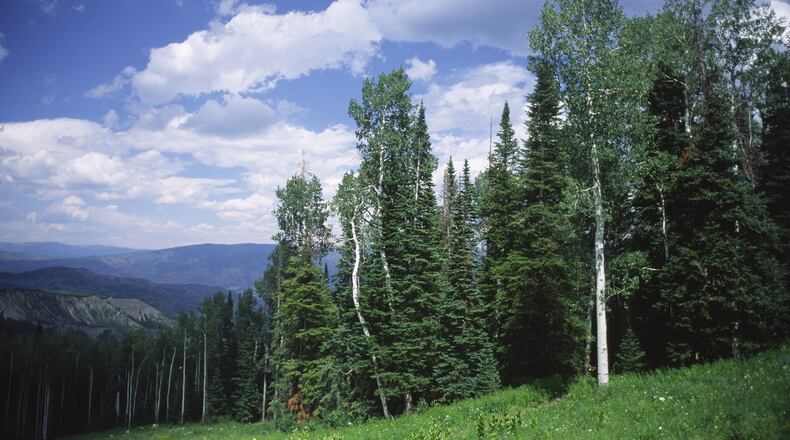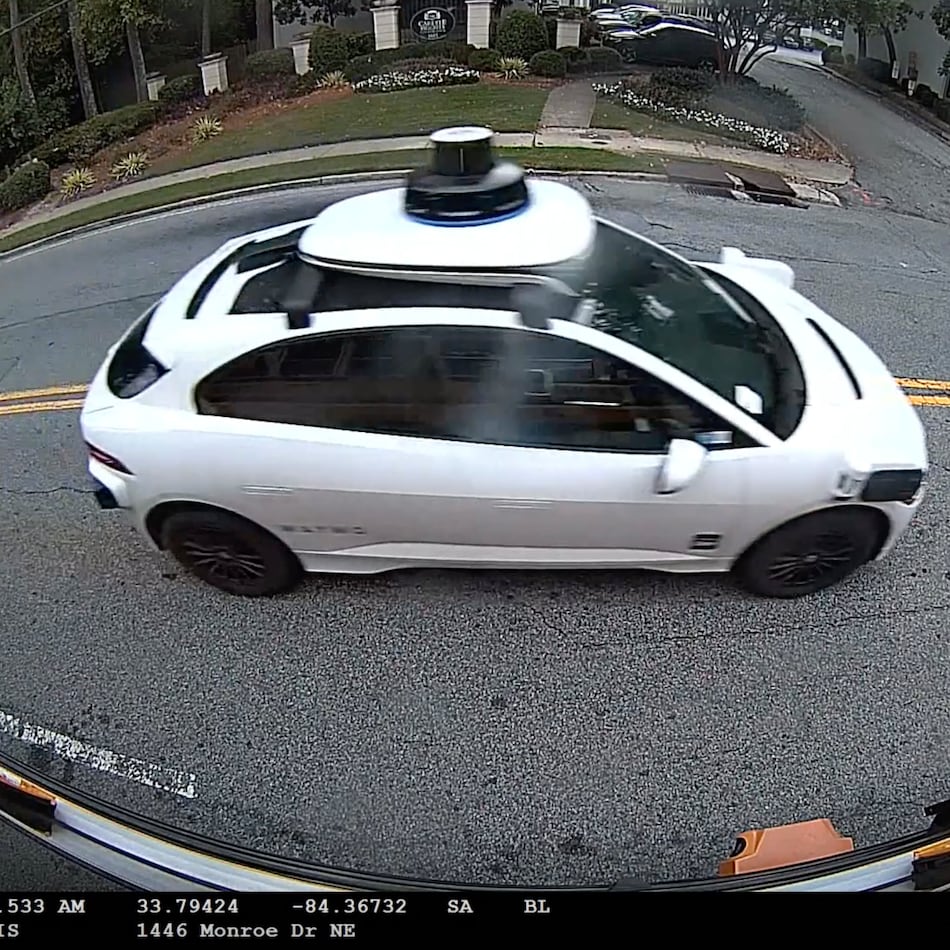WHAT YOU NEED TO KNOW
Vast tracts of privately owned forestland can absorb millions of tons of CO2 each year, yet much of this land isn’t optimally managed for carbon sequestration as owners often don’t know how to do this. To help, there are programs intended to connect small landowners to carbon markets. This allows landholders to get paid to use carbon-capturing practices intended to help the climate. One such effort hopes to eventually aid climate-helping practices on forestland plots totaling about the size of the state of Minnesota.
For Susan Benedict, it was a dream come true when, a few years ago, she inherited 2,000 acres of Northern Appalachian woods that surrounded her parents’ home in central Pennsylvania. The 63-year-old had grown up hunting squirrels, drinking fresh spring water and meandering down trails through the property and she always hoped she would be able to care for it one day.
But managing the land turned out to be more complicated than she had imagined. A sudden infestation of spongy moths led to widespread root rot, killing thousands of trees. Ferns, stilt grass and other invasive species then took over forest ground, preventing seedlings from sprouting. The high upkeep costs and property taxes soon became too much for Benedict to bear.
“Whenever I got a bill, I was like, ‘Oh my gosh! How do I pay for it?’,” she recalled.
Benedict’s situation is not unique. Families and individuals collectively control 39% of U.S. forestland, in parcels averaging 66 acres. If managed well, that land, estimated to total nearly 300 million acres, could absorb about 350 million metric tons of CO2 per year, or about as much as 78 million fuel cars emit.
Yet hardly any of that land is managed optimally for carbon sequestration. That’s because owners often lack the expertise or resources to make the most of their forests’ potential.
Benedict was considering logging to offset her hard costs until she heard about a program that would pay her to keep her forest intact – and she jumped at the chance.
The Family Forest Carbon Program (FFCP) was developed by The Nature Conservancy and the American Forest Foundation and launched in 2020. It’s one of a slate of programs launched in recent years that seek to connect owners of small land holdings to carbon markets, allowing them to get paid to implement carbon-enhancing practices such as letting existing forests grow to their full potential, planting climate-adapted trees and creating no-harvest zones on their properties.
“It’s almost impossible for smaller landowners to enter carbon markets,” said Paul Catanzaro, co-director of the Family Forest Research Center in Amherst, Massachusetts. “It’s complex and expensive.”
According to the American Forest Foundation, less than 1% of the land in existing forest carbon projects in the country is located on properties under 1,000 acres in size.
That doesn’t just cut small landowners from a key opportunity for income generation, Catanzaro said. It also seriously diminishes the potential of U.S. forests to help mitigate climate change.
“What we’re trying to do is to incentivize smaller landowners to take active steps that improve their forest health and make a meaningful impact for our planet,” said Sarah Hall-Bagdonas, senior forestry manager with the FFCP. The program aims to improve management on 55 million acres – about the size of Minnesota – of private forestland by 2050.
Unlike traditional forest carbon projects that can require up to 100-year contracts, the FFCP commits landowners for only 20 years. As part of the agreement, FFCP connects landowners with professional foresters who create a forest management plan specific to the land and keep tabs on how the land is being managed.
This appealed to Benedict, who was one of the first landholders in Pennsylvania to sign up to the program. She said the management plan will help her three sons, who will eventually inherit the property — and the upkeep.
Once they’ve signed a contract, landowners receive an upfront payment followed by smaller, annual ones to cover the cost of maintaining a healthy forest. Payments vary depending on the land’s size and how much carbon FFCP estimates that it captures. Owners receive between $170 and $350 per acre over the course of the 20-year contract, according to Hall-Bagdonas.
Benedict said the additional income helps her pay property taxes and stay away from logging.
Some 2,000 miles west, in Corbett, Oregon, Jon Stewart owns and manages Raincloud Tree Farm, a 120-acre property that he says costs about $10,000 a year to maintain – now paid for by carbon sequestration proceeds.
A few years ago, Stewart started working with Forest Carbon Works, a Minneapolis-based company that has developed an app that quantifies a land’s carbon stock. It then sells carbon credits, providing landowners with annual payments ranging from $30 to $275 per acre for up to 35 years.
According to figures from Forest Carbon Works, the company has issued over $3.3 million in payments to participating landowners since it launched in 2016, helping remove over 12.6 million tons of CO2 from the atmosphere – equivalent to taking 2.8 million cars off the road for a year.
Efforts like this are now set for a major boost under the Inflation Reduction Act of 2022, which provides the U.S. Forest Service with $450 million to help private landowners who agree to undertake climate-smart forestry practices.
But while forest carbon offsets have grown into a multibillion-dollar industry, they remain a controversial climate mitigation strategy.
Critics say they are greenwashing schemes that promote business-as-usual pollution. A recent investigation by the Guardian, Die Zeit and SourceMaterial called into question the accounting methodologies used by Verra, the world’s leading certifier of carbon credits, including those issued by the FFCP and showed that most credits were not associated with “meaningful reductions” in deforestation. (Verra disputes the findings). Then there is the issue of leakage: without a shift in demand, protecting one forest can simply lead to deforestation happening elsewhere.
“The main goal of the Family Forest Carbon Program is meaningful and lasting carbon capture and storage, so it’s in our best interest to deliver measurable, credible results,” said Hall-Bagdonas. “We understand that carbon markets aren’t a solution by themselves. They should be the last step in a company’s path to reaching a net-zero carbon emissions profile.”
Nexus Media News is an editorially independent, nonprofit news service covering climate change.
About the Solutions Journalism Network
This story is republished through our partner, the Solutions Journalism Network, a nonprofit organization dedicated to rigorous reporting about social issues.
About the Author
Keep Reading
The Latest
Featured

